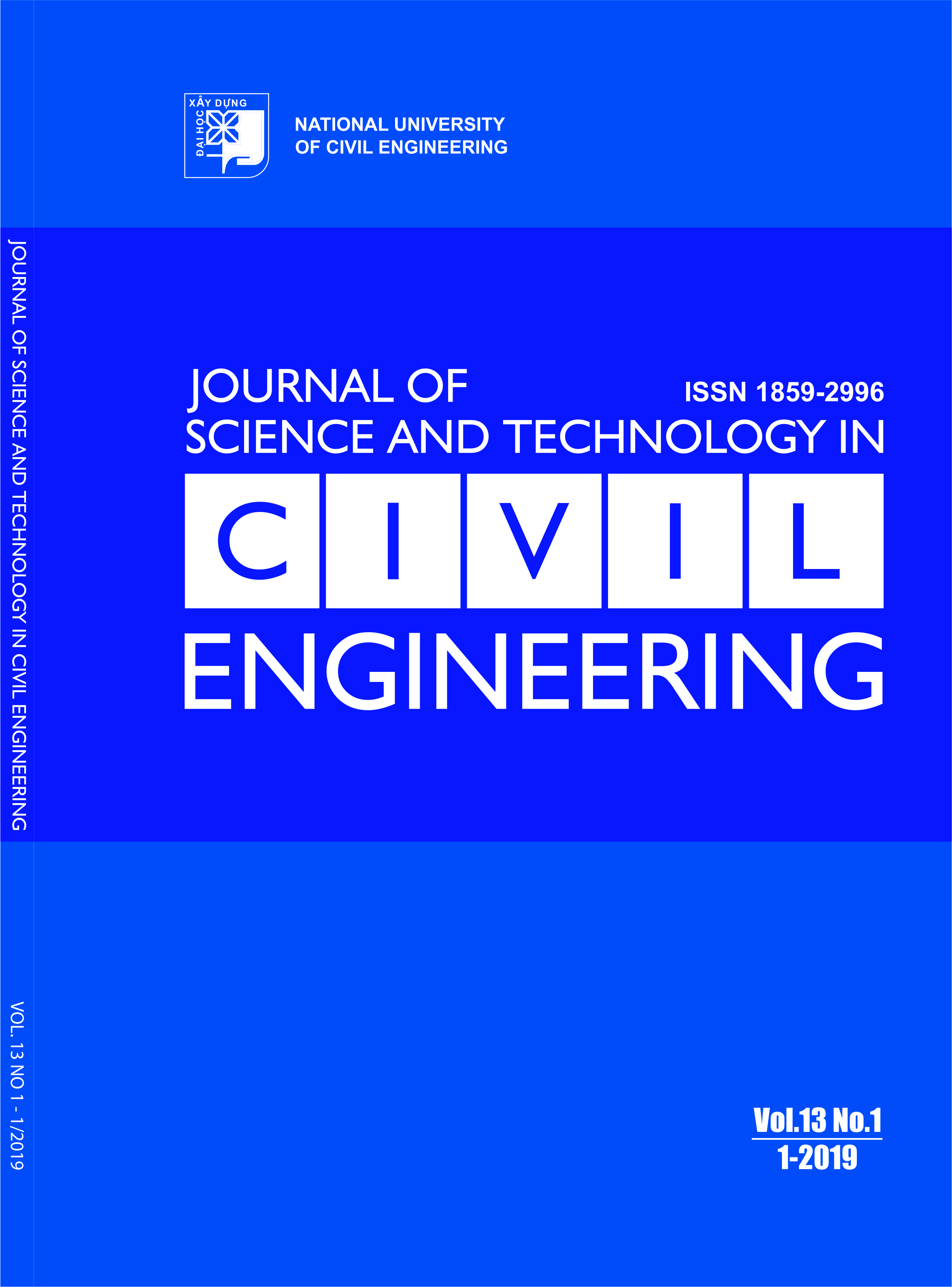An analysis of the integration of Lean construction principles in the BIM coordination process
Abstract
The concepts of Building Information Modeling (BIM) and Lean construction are increasingly popular and used for the purpose of improving the efficiency of construction projects. The Lean construction approach helps optimize the system, thereby minimizing the waste and increase the maximum amount of value for clients. This is in line with the effectiveness of BIM for the purpose of analyzing, evaluating, and managing projects based on the virtual information model before, during and after construction. The combination of BIM and Lean construction will certainly be the trend of the construction industry in the near future. This paper aims to analyze the integration of Lean construction principles in the BIM coordination process through a specific case study. The project management unit is responsible for managing and evaluating BIM models from consultants and contractors and serves as the project's BIM coordinator.
Keywords: building information modeling; BIM coordination process; Lean construction; Lean principles.
Received 20 November 2018, Revised 30 December 2018, Accepted 25 January 2019
Downloads
Copyright (c) 2019 National University of Civil Engineering

This work is licensed under a Creative Commons Attribution-NonCommercial-NoDerivatives 4.0 International License.
1. The Author assigns all copyright in and to the article (the Work) to the Journal of Science and Technology in Civil Engineering (JSTCE) – Hanoi University of Civil Engineering (HUCE), including the right to publish, republish, transmit, sell and distribute the Work in whole or in part in electronic and print editions of the Journal, in all media of expression now known or later developed.
2. By this assignment of copyright to the JSTCE, reproduction, posting, transmission, distribution or other use of the Work in whole or in part in any medium by the Author requires a full citation to the Journal, suitable in form and content as follows: title of article, authors’ names, journal title, volume, issue, year, copyright owner as specified in the Journal, DOI number. Links to the final article published on the website of the Journal are encouraged.
3. The Author and the company/employer agree that any and all copies of the final published version of the Work or any part thereof distributed or posted by them in print or electronic format as permitted herein will include the notice of copyright as stipulated in the Journal and a full citation to the Journal as published on the website.







